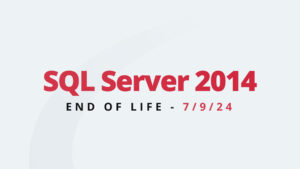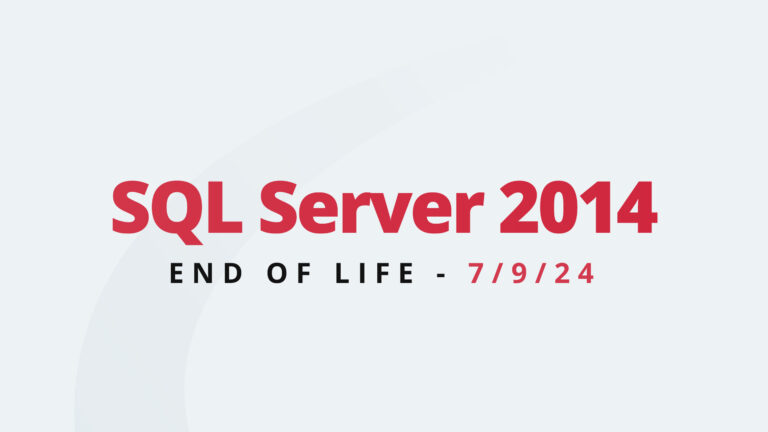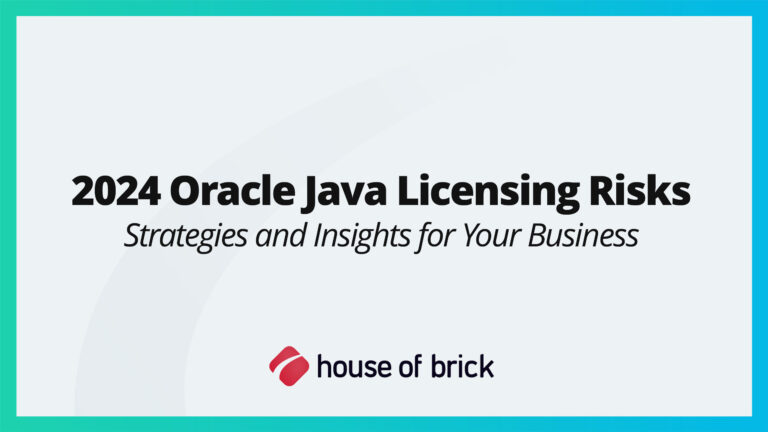Jim Hannan (@HoBHannan), Principal Architect
At House of Brick, we specialize in virtualization and cloud computing for business critical applications. This gets us involved in many types of projects. For this blog in particular, I would like to discuss our projects that involve deploying a new application that refines how a company does business. I think a good example of this is Oracle E-Business Suite, a CRM application. With a vast amount of modules, EBS can have a positive impact on the way your company does business. For IT employees, it can mean lots of long hours, learning, professional growth and strategic thinking to help your business. These are exciting and rewarding projects for me and my co-workers. The excitement comes from all of these opportunities for growth. Projects like these don’t just redefine how a business operates, but they also redefine how the IT department should operate.
The Marathon
An implementation on a scale as large as a CRM application can feel like a marathon race. For many organizations it can feel like your first marathon, where you’re not sure entirely what to expect. I would compare the finish line to the go-live date. At times during the process, you are thinking about the finish line and at other times you are just worried about reaching the next mile. Instead of focusing on the race, I want you to think of the end, after crossing the finish line. How will your IT operations change because of this new business application? For a runner, it is critical that they let their body recover for the next run. For an IT organization, it might mean a reduction in the amount of hours that the staff has been working, perhaps even vacations, to get the benefits of recovery that you will need. House of Brick advocates for all of these things—the work life balance.
Operations
When House of Brick talks about IT Operations what do we mean? Generically, we mean the ability for an IT staff to support the application and business critical processes. These include:
- Disaster Recovery
- High Availability
- Recoverability of data
- Meeting performance Service Level Agreements (SLAs)
- Security and patching
- Procedures and processes for troubleshooting
- Alerting and monitoring (not over alerting to cut-out the noise)
- Code approval processes and deployment
- Automation of repeated tasks
- Training
- Tooling
The difficulty of these processes lies in making them a priority as part of the go-live activities. It’s challenging and costly for organizations that make this part of their activities after the go-live activities are complete. We have seen many times where organizations buy into false hopes that the software and tools alone are going solve all their worries.
Organizations that are not prepared for the day-to-day operations of supporting their new business critical applications often fall into traps. The first trap is when they lose the perception battle with those departments within the organization that fall outside of IT. These battles can be lost for a variety of reasons. Perhaps there are outages and unscheduled downtimes for patching that were not planned, the IT department is informed of an application outage because alerting is not in place, or SLAs are missed because baselines haven’t been established. In situations like these, troubleshooting becomes a political issue instead of a technical one, because the processes have not been clearly defined.
The second trap happens when the finish line becomes a moving target. Instead of stopping and beginning your recovery, you still run at the same pace past the 26.2 mile mark. This is not part of the plan. Instead of getting time off for rest and recovery, you frantically jump from fire-to-fire. This IT issue is something that impacts the whole business, and something that even the business’ managers should be talking about.
House of Brick has various business-focused IT services to help companies reduce the risk of having their IT department get burned out and become ineffective. If you would like to discuss how this issue has impacted your organization, or if you have questions about how we can help, you can comment below, or send me a tweet at @HoBHannan.






